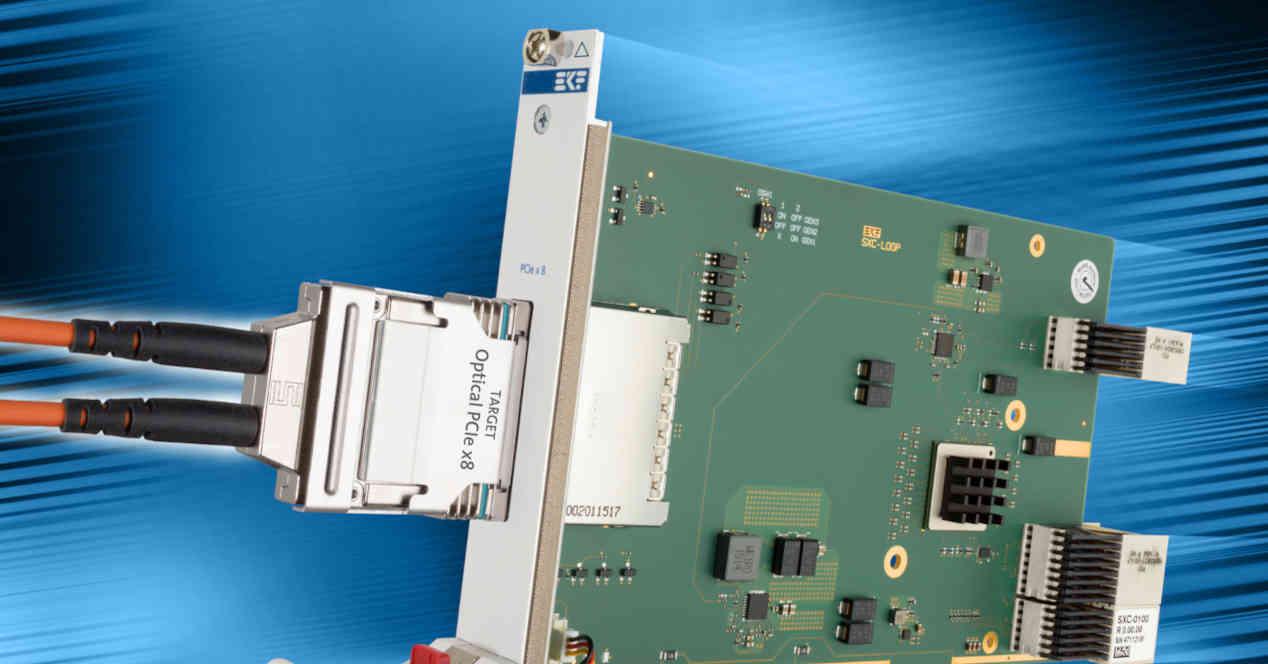One of the advantages of desktop PCs over laptops is the scalability of the former over the latter, in a laptop you cannot add or remove the standard hardware. But what if we told you that the technology that allows laptops and similar computers to develop exists?
General limitation of expansion ports
Whether we are talking about classic expansion ports for conventional devices such as USB ports, or other interfaces such as SATA or PCI Express, all have the same problem and it is that the quality of the signal degrades with the distance, which brings us to have, for example, in the case of graphics cards, directly connect the pins of these to the PCI Express sockets of the graphics card.
This makes it impossible, for example, to be able to connect a new graphics card to our laptop and prevents us from having a more powerful gaming laptop. And while there are external enclosures for graphics cards, these have lower bandwidth and a huge bottleneck. But is this a problem that cannot be solved? Well, no, and there is an interface being developed and implemented in the server market that we might see in the PC market.
Optical PCI Express to the rescue


In the server and data center market there is a variation of the PCI Express interface in the form of optical cables that each deliver the bandwidth of a third generation 8 lane PCI Express port. The use of these optical interfaces in the PC market would therefore make it possible to build modular PCs in which it would not be necessary for all the expansion components to be in the same housing.
In the world of data centers and servers, GPUs are often used together to solve problems that, due to their size, would require a single GPU to take an unprofitable time. This is why distributed computing is used for this, the distance between GPUs being the limiting factor. Problem that is solved through the use of PCI Express based on optical interfaces, which allows unconnected GPUs on the same motherboard to communicate at the same speed without latencies and signal losses that affect bandwidth.
Such technology could reach the desktop computer market in a few years. Imagine having a laptop with one or more PCI Express optical ports, which you can use to connect an external graphics card as easily as today an external hard drive is connected via USB.









